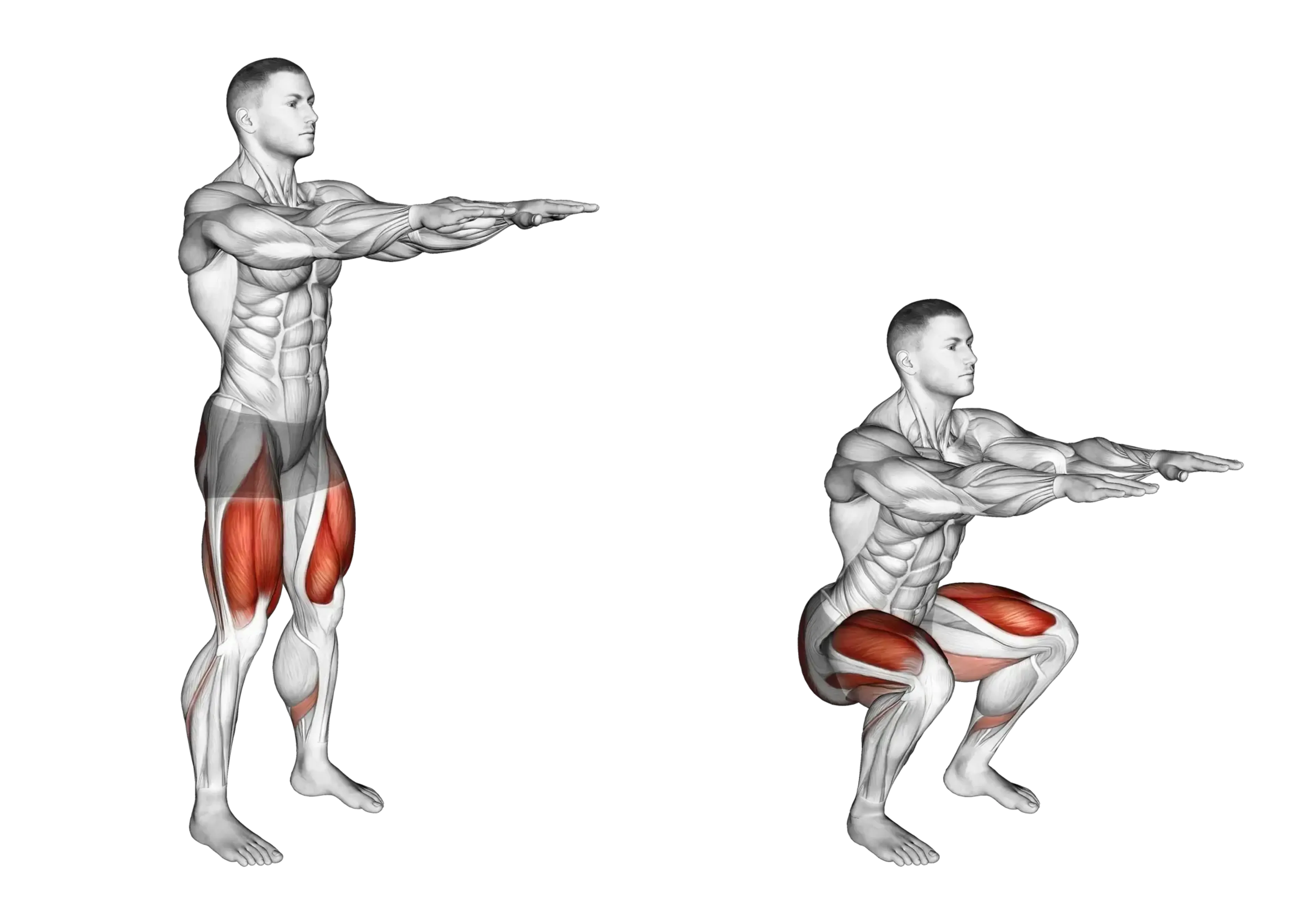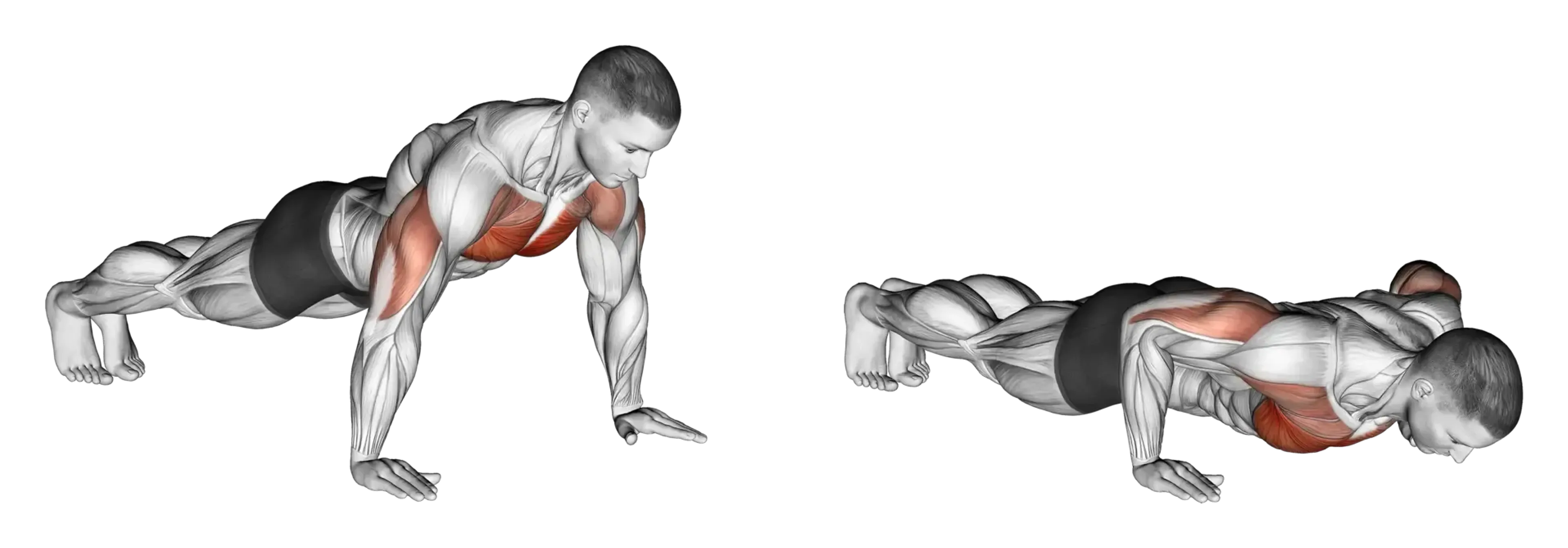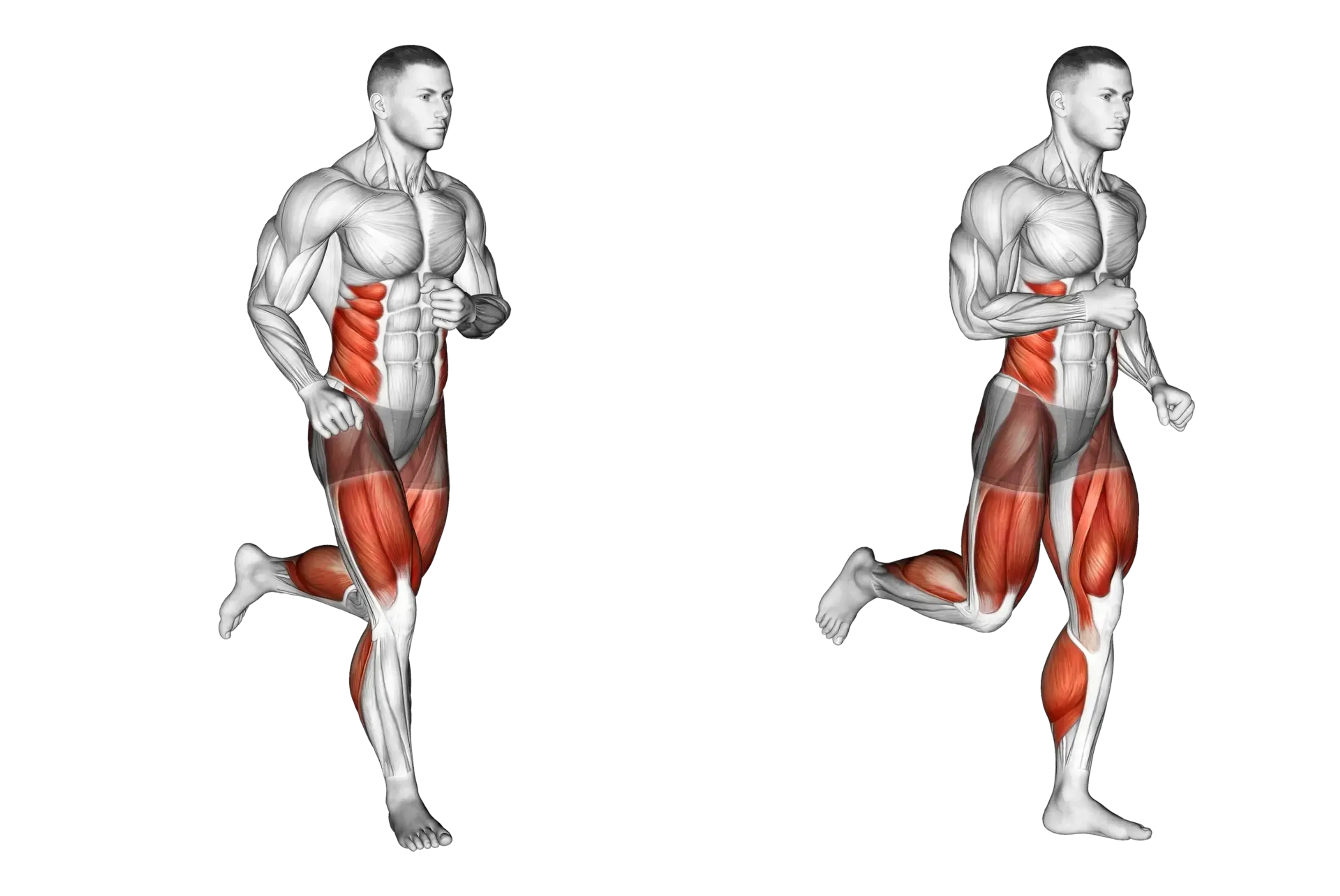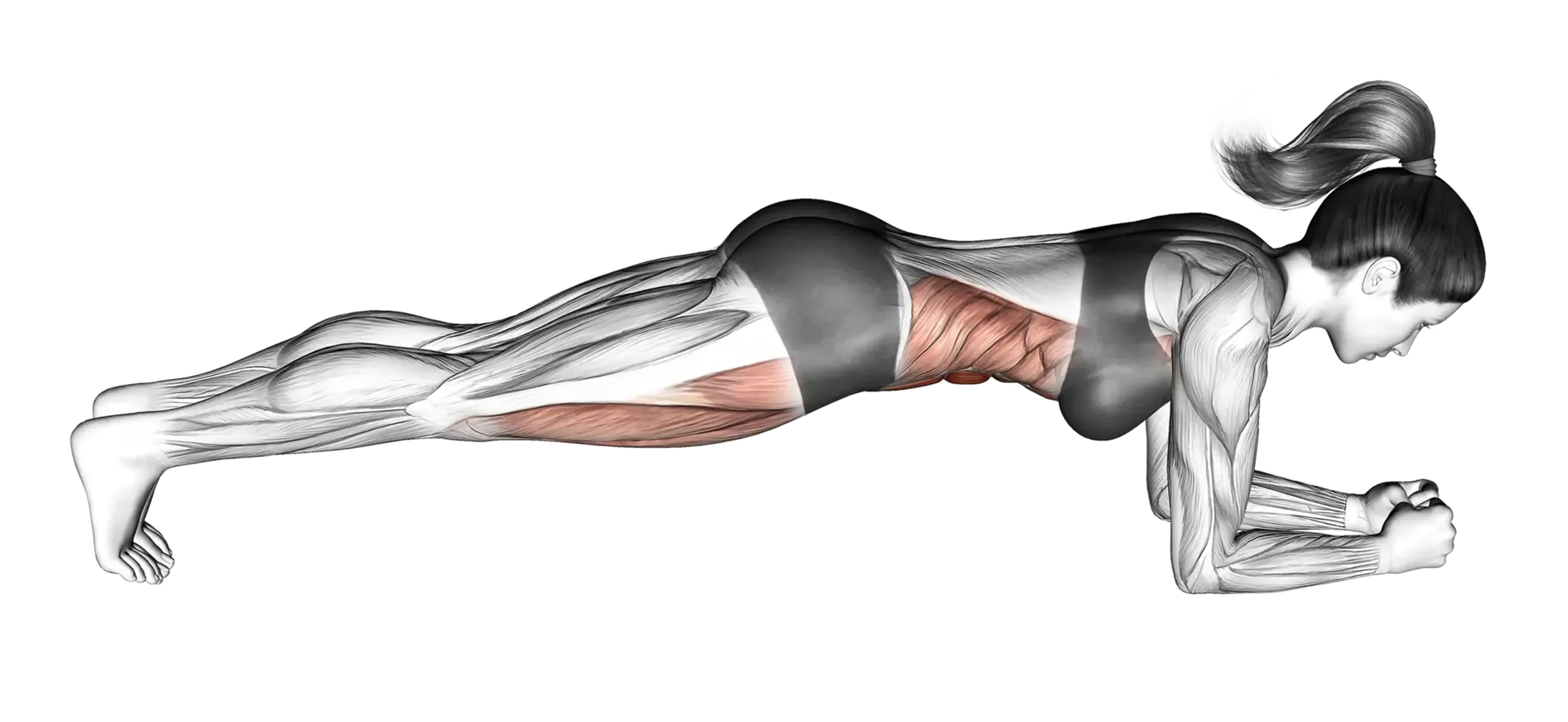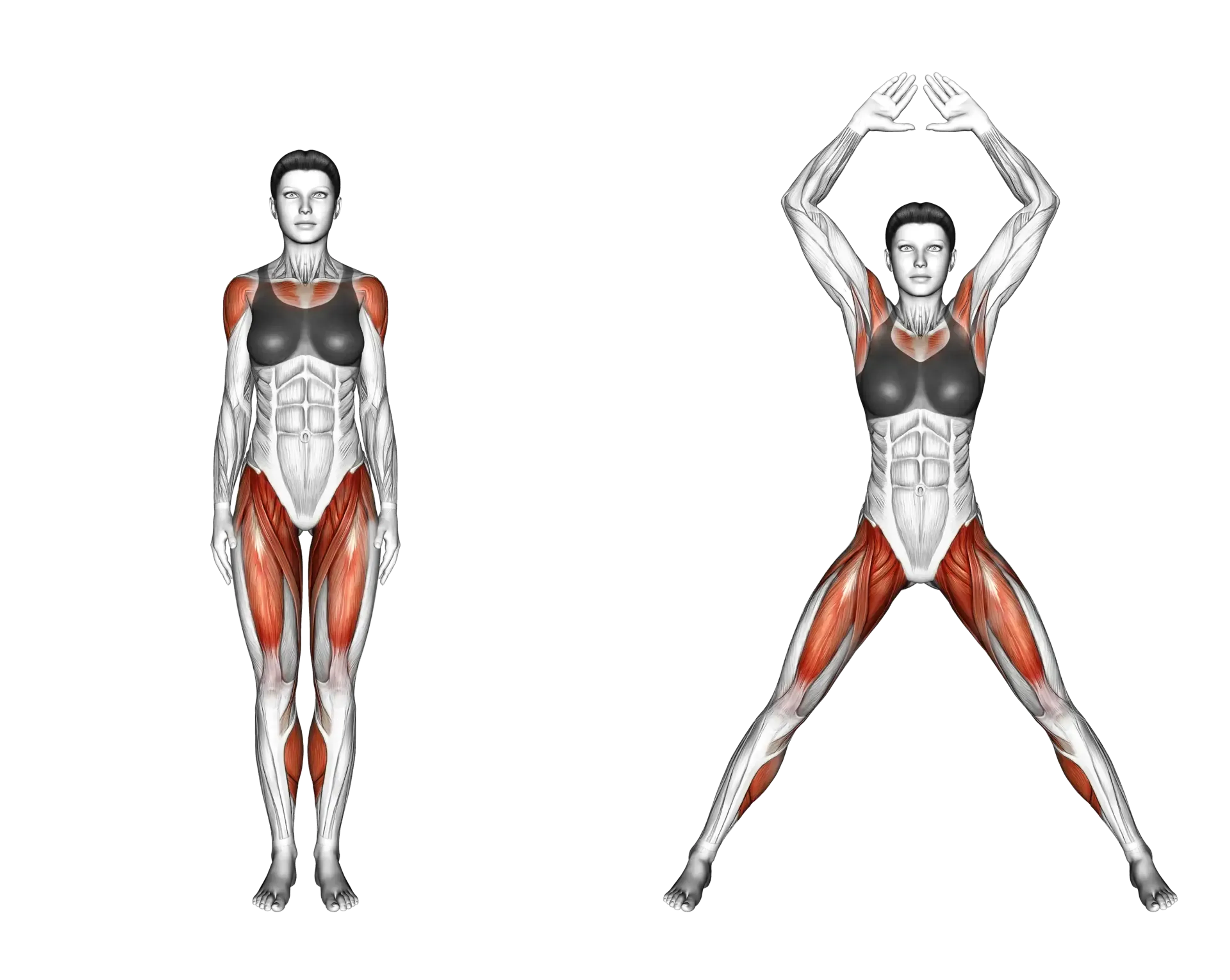Starting a fitness journey can feel overwhelming. With endless workout options and complex advice, it's easy to get lost before you even begin. The secret to sustainable progress isn't chasing the most advanced trends; it's mastering the fundamentals. This guide strips away the complexity, focusing on the core movements that build a strong, capable body from the ground up.
We are going to explore the most effective basic exercises for beginners - foundational movements that don't require fancy equipment or years of experience. For each exercise, you'll find a detailed breakdown covering proper form, key benefits, and how to execute it safely. These are the essential building blocks for any future fitness goals.
Whether you aim to build strength, improve your overall health, or simply feel more confident in your body, these exercises are your essential toolkit. Think of this as your reliable map to navigate the world of fitness with clarity and confidence. We will cover movements like Bodyweight Squats, Push-ups, and Planks, providing everything you need to start building your foundation, one perfect repetition at a time. Let's get moving.
Make sure to click on each exercise card to access a detailed page that provides instructions, highlights common mistakes, and offers effective alternatives for each exercise.
1. Bodyweight Squat
The bodyweight squat is arguably the most fundamental movement pattern in human fitness and one of the most effective basic exercises for beginners. It’s a compound exercise that mimics the natural motion of sitting down and standing up, engaging major muscle groups in your lower body and core simultaneously. This foundational movement builds leg strength, enhances hip mobility, and improves overall balance and coordination without requiring any equipment.
Because it’s a pillar of functional fitness, the bodyweight squat appears everywhere, from military physical training and CrossFit programs to physical therapy clinics where it’s used to safely rebuild strength and mobility. Mastering this exercise provides the essential blueprint for more advanced movements like weighted squats and lunges.
Getting Started
Beginners should first master the movement pattern. Start with 2-3 sets of 10-15 reps, resting 60 seconds between sets. Progress by increasing reps or adding a pause at the bottom of the squat.
2. Push-up
The push-up is a quintessential upper-body exercise and a powerful testament to the effectiveness of bodyweight training. It's a compound movement that builds strength in the chest, shoulders, and triceps while simultaneously engaging and stabilizing the core. As one of the most versatile basic exercises for beginners, the push-up is a benchmark for functional fitness that requires zero equipment, only your own body weight for resistance.
This exercise has been a staple in physical conditioning for decades, from military fitness tests like the Navy SEAL protocols to the bodyweight-only regimens popularized by fitness icons like Jack LaLanne. Its scalability makes it perfect for everyone, from individuals in physical therapy rebuilding shoulder stability to elite athletes enhancing their muscular endurance. Mastering the push-up provides a solid foundation for more advanced pressing movements, such as the bench press and overhead press.
Getting Started
If a standard push-up is difficult, start with a modified version using a wall or bench. As you build strength, try them on your knees. Begin with 2-3 sets of AMRAP, focusing on improving form and reps before progressing.
3. Running
Often overlooked in favor of more diverse workouts, running is one of the most accessible cardiovascular exercises available. It is a high-impact activity that uses our natural movement pattern, making it an excellent starting point for those new to fitness. As a key component of aerobic health, running enhances heart function, aids in weight management, and boosts mental well-being, although it does place more stress on the joints than walking.
This exercise is central to public health initiatives, from the American Heart Association's campaigns to global running events, due to its benefits and high adherence rates. Its simplicity makes it suitable for various ages and fitness levels, serving as both an introduction to physical activity for beginners and an effective training tool for athletes. For a guide on integrating this and other activities into a new routine, you can explore more about how to start working out.
Getting Started
Consistency is more important than intensity when you begin. Start with 15-20 minute runs, 3-4 times per week. As you feel more comfortable, gradually increase the duration or frequency. Aim to build up to the recommended 30 minutes of moderate-intensity activity most days of the week.
4. Plank
The plank is a cornerstone of core training and one of the most effective basic exercises for beginners. It’s an isometric exercise, meaning you build strength by holding a static position rather than moving through a range of motion. This powerful hold engages the deep stabilizing muscles of your entire torso, including the abdominals, obliques, and lower back, building a foundation of functional strength that supports nearly every other movement you make.
Unlike crunches, which primarily target the superficial "six-pack" muscles, the plank develops true core stability. Its benefits are recognized across various disciplines, from physical therapy protocols for rehabilitating back pain to elite athletic conditioning programs where core stiffness is essential for power transfer. Mastering the plank improves posture, enhances balance, and builds the endurance needed for more complex exercises.
Getting Started
Beginners should slowly build endurance with 2-3 sets of 15-30 second holds, resting 45-60 seconds between. Maintain a straight line throughout. Increase hold time by 5-10 seconds weekly as strength improves, or try harder variations.
5. Glute Bridge
The glute bridge is a fundamental floor-based exercise that isolates and strengthens the posterior chain, making it one of the most important basic exercises for beginners. This movement involves lying on your back and lifting your hips toward the ceiling, directly targeting the glutes and hamstrings. It’s an essential corrective exercise for counteracting the negative effects of prolonged sitting, such as weak glutes and tight hip flexors, which can contribute to poor posture and lower back pain.
Because of its low-impact nature and high activation potential, the glute bridge is a staple in diverse fitness settings. It’s used extensively in physical therapy to rebuild hip stability, in pre-workout routines to activate the glutes for heavier lifts, and in postpartum programs to safely restore core and pelvic floor strength. Mastering this exercise builds a strong mind-muscle connection and prepares you for more complex movements like hip thrusts and deadlifts.
Getting Started
Beginners should aim for a strong glute contraction each rep. Start with 2-3 sets of 12-15 reps, resting 45-60 seconds between sets. Progress by using a resistance band around your knees or a light weight on your hips as you get stronger.
6. Jumping Jack
Jumping jacks are a well-known cardiovascular exercise that can be performed by individuals of all fitness levels. This exercise involves coordinated movements that engage multiple muscle groups, making it an effective way to increase heart rate and improve overall fitness. Jumping jacks can be easily modified to suit different fitness levels, making them a versatile addition to any workout routine.
This exercise is often included in various fitness programs, from home workouts and group classes to physical education settings, helping improve endurance and coordination. Performing jumping jacks regularly contributes to enhanced cardiovascular health and increases agility.
Getting Started
Start at a comfortable yet challenging pace. Do 2-3 sets of 15-20 reps with 30-second rests. Maintain good form to maximize benefits. Increase duration or intensity as your fitness improves.
7. Bodyweight Lunge
Bodyweight lunges are a cornerstone of functional fitness and one of the most effective basic exercises for beginners focusing on unilateral (single-leg) strength. This essential exercise involves stepping forward, backward, or sideways into a split stance, which challenges your balance, coordination, and stability far more than bilateral movements. By working each leg independently, lunges are uniquely effective at identifying and correcting muscle imbalances that can lead to injury.
The lunge is a fundamental movement pattern used in countless applications, from physical therapy clinics for knee and hip rehabilitation to athletic training programs designed to build explosive, single-leg power for sports. Mastering the bodyweight lunge builds the foundation for more dynamic variations and weighted exercises, improving overall lower-body strength and functional mobility.
Getting Started
For beginners, the priority is building stability and mastering the form. Start with 2-3 sets of 8-12 repetitions per leg, resting for 60 seconds between sets. Once you can confidently perform all sets with perfect form, you can progress to more challenging variations like walking lunges or reverse lunges.
From Foundation to Future: Your Next Move
You have now explored the foundational seven basic exercises for beginners, from the full-body power of Bodyweight Squats to the core-stabilizing strength of Planks. This guide wasn't just about listing movements; it was about providing you with the 'how' and 'why' behind each one. Mastering these exercises provides the essential blueprint for a sustainable and effective fitness journey. The true value lies not in simply completing a workout, but in understanding the principles of proper form, muscle engagement, and mindful movement that you've learned here.
The Power of a Solid Foundation
Think of the exercises detailed in this article-Squats, Push-ups, Lunges, and the rest-as the alphabet of physical fitness. Before you can write compelling sentences or complex stories, you must first master the letters. By focusing on the perfect execution of these fundamental movements, you are building a robust base that will prevent injury, accelerate progress, and unlock more advanced training possibilities in the future. Ignoring this crucial stage is like building a house on an unstable foundation; it may look fine initially, but it will eventually show cracks.
Your Actionable Path Forward
Knowledge is only potential power; action is where transformation happens. It's time to translate what you've learned into a consistent routine. Avoid the common pitfall of trying to do everything at once. Instead, build momentum with a structured, manageable approach.
Here are your immediate next steps:
- Create Your Starter Routine: Select three to four exercises from the list. For example, you could combine Bodyweight Squats, Push-ups, and Planks for a balanced, full-body workout.
- Schedule Your Sessions: Commit to performing your routine two to three times per week on non-consecutive days. This allows your muscles adequate time to recover and grow stronger. Treat these sessions like important appointments you cannot miss.
- Focus on Quality, Not Quantity: Your goal for the first few weeks is flawless execution. Aim for 8-12 repetitions per exercise, maintaining controlled and deliberate movements. If your form breaks down, stop the set. It's far better to do five perfect push-ups than fifteen sloppy ones.
As you build confidence and strength, you can begin to progress. This might mean adding more repetitions, increasing the number of sets, or advancing from a Modified Push-up to a full Push-up. The journey is yours to own. You’ve successfully taken the first, most important step by educating yourself. Now, embrace the process, celebrate small victories, and watch as these foundational movements build a stronger, more capable you.


